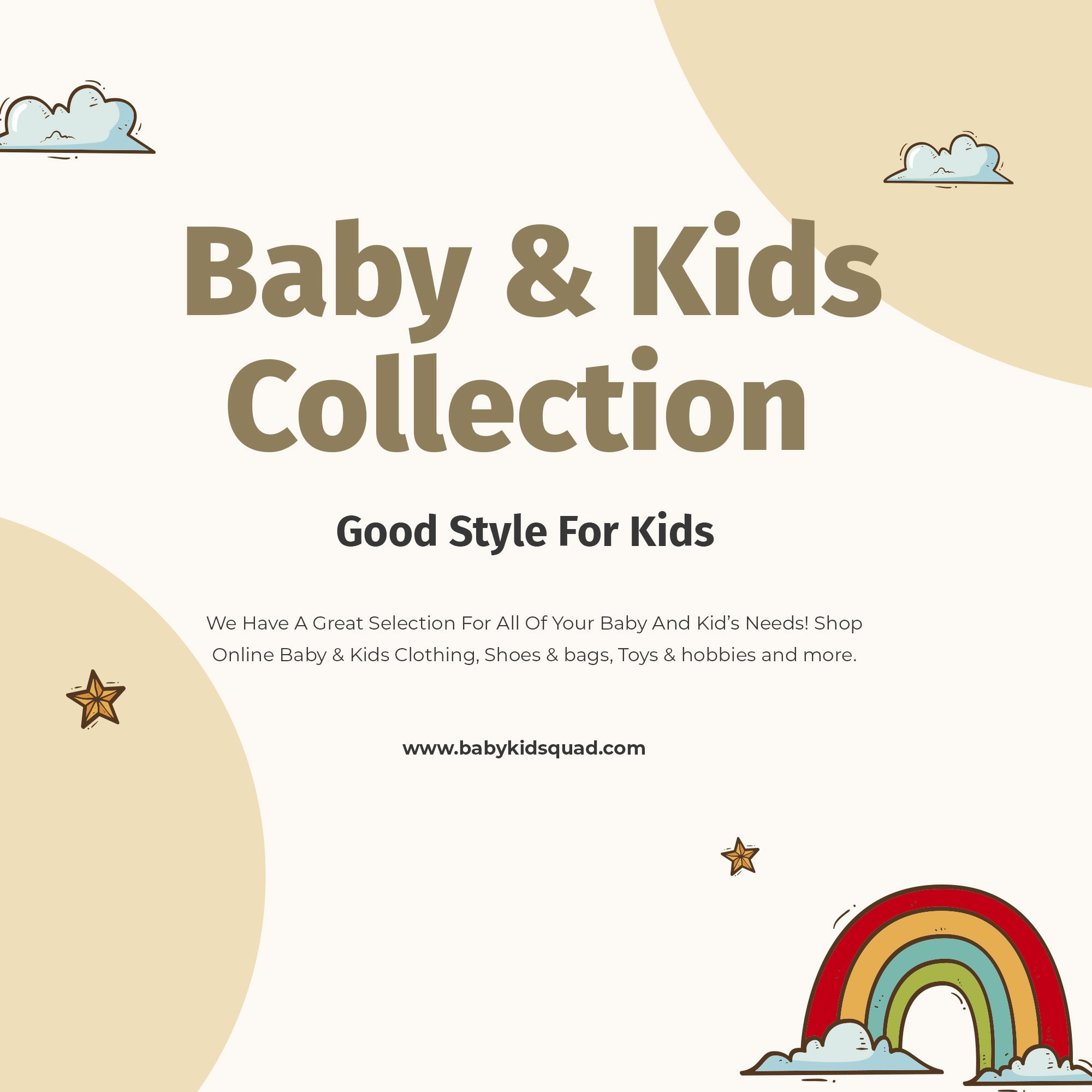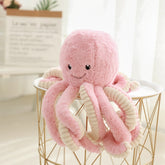Are Plush Toys Safe for Puppies? Understanding the Risks and Benefits
Table of Contents
- Introduction
- The Benefits of Plush Toys for Puppies
- Safety Considerations for Plush Toys
- Selecting the Right Plush Toys
- Conclusion
Introduction
Puppies, with their boundless energy and insatiable curiosity, often find themselves attracted to a variety of toys, including plush ones. It's no surprise that many pet owners wonder: are plush toys safe for puppies? This question is crucial, especially considering the playful yet often destructive nature of young dogs. Recent studies indicate that more than 80% of dog owners report their pets having a favorite toy, highlighting the importance of understanding toy safety and suitability.
As parents to our furry companions, we want to provide them with toys that are not only engaging but also safe. Plush toys can offer comfort, serve as companions, and even help with teething, but they can also pose risks depending on their design and materials. In this blog post, we will delve into the various aspects of plush toys for puppies, exploring their benefits, potential hazards, and best practices for selecting and using them.
By the end of this article, we aim to equip you with the knowledge needed to make informed decisions about plush toys for your puppy. We will cover the advantages of plush toys, discuss safety considerations, and provide tips for ensuring your puppy's playtime is both enjoyable and secure. Together, we will navigate the world of plush toys to ensure our puppies can safely enjoy their playtime.
The Benefits of Plush Toys for Puppies
Plush toys offer several benefits for puppies, making them a popular choice among pet owners. Let's explore some of these advantages in detail.
1. Comfort and Security
Just like children, puppies often form attachments to their toys, which can provide them with a sense of comfort and security. A soft plush toy can serve as a comforting companion during stressful situations, such as thunderstorms or when they are left alone. Having a familiar object can help reduce anxiety and promote a sense of safety, allowing puppies to feel more at ease in their environment.
2. Gentle Play
Plush toys are generally softer than other types of toys, making them suitable for puppies who are still teething. The gentle texture of plush toys can soothe sore gums and provide a safe outlet for their natural chewing instincts. Unlike hard toys that can cause discomfort or damage to developing teeth, plush toys allow for safe play without risking injury.
3. Mind/Body Stimulation
Engaging with plush toys can stimulate a puppy's mind and body. Many plush toys come with squeakers or crinkly materials that intrigue puppies, encouraging them to engage in active play. This mental stimulation is essential for their development, helping to sharpen their problem-solving skills and providing an outlet for their energy.
4. Interactive Play
Plush toys can foster interactive play between puppies and their owners. Games of fetch, tug-of-war, or hide-and-seek can be played with plush toys, facilitating bonding and enhancing the owner-pet relationship. Such interactions are crucial for a puppy's socialization and help them learn appropriate play behavior.
5. Hunting Instincts
For many breeds, plush toys can mimic the feel of prey, catering to their natural hunting instincts. Puppies can engage in instictive behaviors such as shaking, thrashing, or pouncing, which are important for their natural development. Plush toys provide a safe and manageable way for puppies to express these instincts without causing harm to themselves or others.
Safety Considerations for Plush Toys
While plush toys offer numerous benefits, it's essential to consider their safety before introducing them to your puppy. Here are some critical factors to keep in mind:
1. Material Safety
Not all plush toys are created equal. Some materials may contain harmful chemicals or be prone to tearing, leading to potential choking hazards. When selecting plush toys, look for those made from non-toxic materials that are safe for pets. Avoid toys with small plastic parts that could be chewed off and ingested, as these pose significant risks.
2. Durability
Puppies are known for their enthusiastic play styles, which can quickly destroy less durable toys. It's crucial to choose plush toys specifically designed for dogs, as they are often made with sturdier seams and reinforced stitching. Regularly inspect toys for wear and tear, discarding any that show signs of damage to prevent your puppy from swallowing pieces.
3. Size Appropriateness
Choosing the right size of plush toy is vital for your puppy's safety. A toy that is too small can be a choking hazard, while one that is too large may be difficult for a puppy to handle. Ideally, plush toys should be small enough for your puppy to carry but not so small that they can swallow them whole.
4. Supervision During Playtime
Even the safest plush toys should be used under supervision. Puppies are naturally curious and may try to dismantle their toys, leading to potential ingestion of stuffing or other materials. By monitoring playtime, you can intervene if your puppy begins to chew on the toy excessively or if it starts to break down.
5. Cleaning and Maintenance
Maintaining hygiene is crucial for your puppy's health. Look for plush toys that are machine washable or easy to clean. Regularly washing toys helps eliminate bacteria and allergens that can accumulate over time, providing a healthier play environment for your puppy.
Selecting the Right Plush Toys
To ensure your puppy can safely enjoy plush playtime, consider the following tips when selecting toys:
1. Choose High-Quality Brands
Select plush toys from reputable brands known for their commitment to pet safety. Researching brands and reading reviews can help you identify trustworthy manufacturers that prioritize using safe materials and designs.
2. Opt for Multi-Functional Toys
Some plush toys come with added features, such as squeakers, crinkle sounds, or treat compartments. These multi-functional toys can provide added stimulation and engagement for your puppy, encouraging active play and mental exercise.
3. Assess Your Puppy’s Play Style
Every puppy has a unique play style, so it's essential to consider what type of toys they enjoy. Some puppies may prefer to cuddle and carry plush toys, while others may enjoy shaking or tugging them. Understanding your puppy's preferences can help you select toys that will keep them entertained.
4. Rotate Toys Regularly
To keep playtime exciting, rotate your puppy's plush toys regularly. This not only prevents boredom but also helps maintain their interest in various toys. Introducing new toys periodically can provide fresh stimulation and encourage engagement.
5. Follow Safety Guidelines
Always adhere to safety guidelines provided by manufacturers. Ensure that the toys are labeled as safe for pets and suitable for your puppy's size and breed. Following these guidelines can significantly reduce the risk of accidents or health issues related to toy usage.
Conclusion
In summary, plush toys can be a wonderful addition to your puppy's toy collection, offering comfort, security, and opportunities for engaging play. However, it is crucial to prioritize safety by selecting high-quality, appropriate-sized toys made from non-toxic materials, and by supervising your puppy during playtime.
By understanding the benefits and risks associated with plush toys, we can create a safe and enjoyable environment for our puppies to explore and grow. As responsible pet owners, let's ensure our furry companions have the best toys that promote their well-being while keeping them entertained.
FAQ
1. Are all plush toys safe for puppies?
Not all plush toys are safe for puppies. It’s essential to choose toys specifically designed for dogs, made from non-toxic materials and reinforced stitching to withstand vigorous play.
2. How can I tell if a plush toy is too small for my puppy?
A plush toy is too small if your puppy can easily fit it into their mouth. Ideally, toys should be large enough that they cannot be swallowed but small enough for your puppy to carry comfortably.
3. Should I supervise my puppy while they play with plush toys?
Yes, supervision is important while your puppy plays with plush toys. Monitoring their play ensures you can intervene if they start chewing on the toy excessively or if it begins to break down.
4. How often should I wash plush toys for my puppy?
It’s a good practice to wash your puppy’s plush toys regularly, ideally every couple of weeks or as needed. Keeping them clean helps eliminate bacteria and allergens.
5. Can plush toys help with teething?
Yes, plush toys can help soothe sore gums during the teething phase. Their soft texture provides a gentle outlet for puppies to chew on, offering comfort without risking injury.









